With the National Education Policy 2020 mandating the transformation of all colleges and universities into multidisciplinary institutions by 2035, they are the flavour of the season
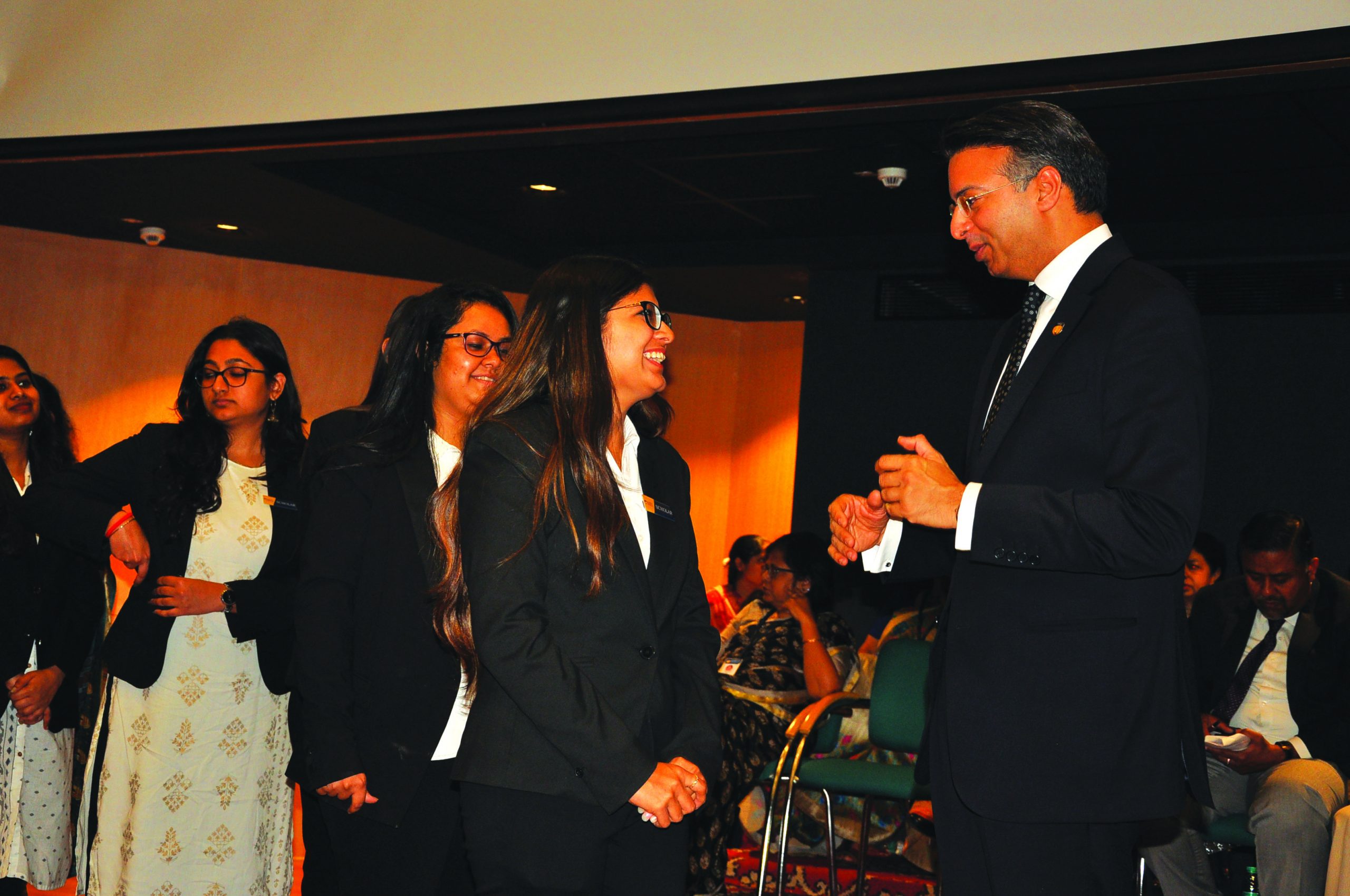
Amity’s Dr. Atul Chauhan: brand building mastermind
Multidisciplinary universities are the flavour of the season. The new National Education Policy (NEP) 2020 has mandated that all specialised or single stream colleges and universities including undergrad colleges, should begin the process of transforming into multidisciplinary universities and complete it by 2035. The Kasturirangan Report (2019) which was substantially translated into NEP 2020 made a strong case for multidisciplinary universities.
Somewhat belatedly it advocated that India’s large number of engineering and technology undergrad colleges which because of their high quality of education have been conferred university status, should begin the process of introducing liberal arts, science and commerce and other study programmes (business management, law, medicine etc) and small, single stream, colleges in a given area could “cluster” to coalesce into universities.
This makes good sense as a university by definition should offer access to a whole universe of higher learning making it easier for students to select a major from a particular stream, and combine it with minors from other streams to acquire well-rounded higher education. Thus an engineering student can study business management simultaneously. This would avoid wastage of time and learning involved in their first completing a four-year engineering programme and subsequently signing up for a two-year MBA programme with a B-school as is the current practice. It’s not uncommon for duly qualified engineers to transform into marketing managers of consumer goods who don’t put their engineering education to any use at all.
[userpro_private restrict_to_roles=administrator]
Alternatively, a large number of engineers become ‘tunnel-vision techies’ with no awareness of the Constitution, history or liberal arts subjects. By mandating transformation of all higher education institutions (HEIs) into multidisciplinary universities, NEP 2020 addresses this problem. Undoubtedly, the Kasturirangan Committee which prepared the Draft NEP 2020 was well aware that if Steve Jobs had not attended the multidisciplinary Reed College, Portland (USA) in which calligraphy is/was an elective subject, Apple Inc would not have blossomed into the world’s most admired and highest market cap transnational corporate enterprise.
In the suddenly fashionable category of private multidisciplinary universities which have drawn inspiration from the globally renowned private Ivy League universities of America (Harvard, Yale, Boston among others), Amity University, arguably the most intensively advertised education institution on television and social media globally, rules the roost. Although academic dons tend to disparage marketing of education institutions whose deeds should speak for themselves, Amity’s media blitz masterminded by nexgen Chancellor Dr. Atul Chauhan has transformed the flagship Amity University into India’s #1 multidisciplinary varsity (its total score in EWIHER 2023-24 is greater than of Delhi University). With top score under the parameters of curriculum & pedagogy (including digital readiness), industry interface, placements, leadership quality and infrastructure, Amity Noida has notched up the highest score nationwide among all multidisciplinary universities.
It’s almost impossible for the 4,223 SEC (socio-economic category) ‘A’ sample respondents including HEI faculty, senior students and industry leaders to not be influenced by the Amity ad blitz unleashed on all English language television news channels which list several encomiums that Amity U, Noida has received from Indian and foreign (QS and THE) university ranking agencies. This perhaps also explains the high ranking of Amity, Lucknow, Jaipur, Kolkata and Gurugram — all high ranked in their host states. Moreover, the Amity Group has established several campuses abroad — London, New York, Dubai and Singapore — and has emerged as the country’s premier higher education multinational.
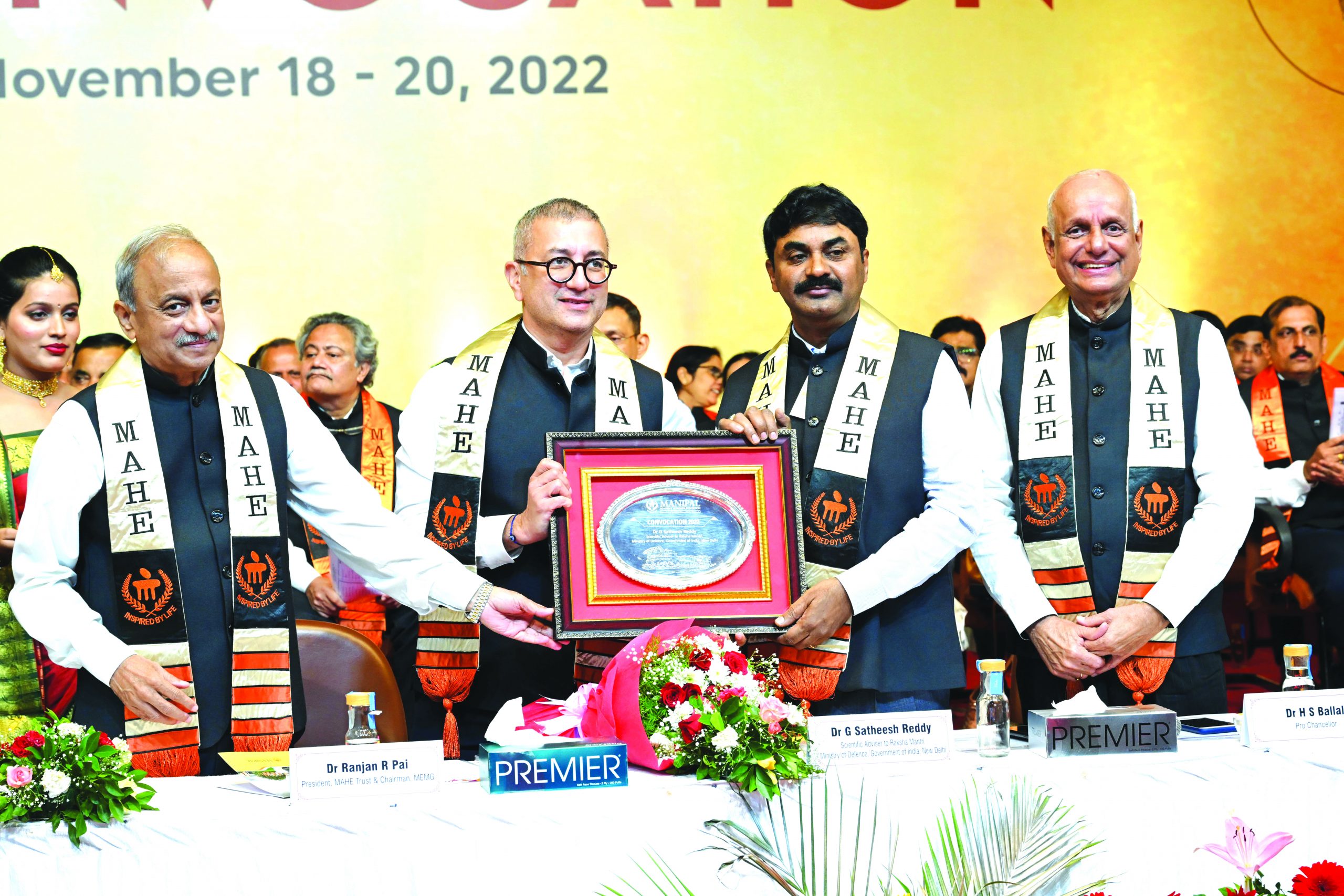
MAHE VC Dr. Venkatesh (left) with President Dr. Ranjan Pai (centre)
And although most business illiterate academics tend to disapprove of Amity’s media campaign, a senior advertising guru who preferred anonymity places it into perspective. “Claims made in mass media are a public challenge to rivals and the media to prove them wrong. If they remain unchallenged by the ranking agencies themselves and competing universities, it means they are true. Amity is the first Indian education institution to have understood the importance of branding. Branding is important not only to attract students but also faculty, research funding and endowments. Very few Indian education institutions have understood this. Now with foreign K-12 school chains and universities authorised to enter India in a big way, they are likely to regret this.”
Although evidently disappointed that the relatively low-profile MAHE (Manipal Academy of Higher Education, estb.1953) is ranked India’s second most admired university for the second year in succession, Dr. Lt. Gen. (Retd.) D. Venkatesh, former dean of the prestigious Armed Forces Medical College, Pune who served in India’s defence services for 38 years before taking charge as vice chancellor of MAHE in 2020, draws comfort that the informed EW sample respondents have awarded MAHE the highest score under the parameters of research and innovation, and infrastructure.
“In MAHE, we accord high importance to research and development. Over the past five years we have added 60,000 sq. ft built-up area for expansion of our research, innovation, and incubation facilities, investing Rs.150 crore per year on research-related activities to enable our faculty to immerse themselves in basic and applied research. I am glad your sample respondents have acknowledged our expansion of research capabilities by also awarding us the highest score under the infrastructure parameter,” says Gen. Venkatesh. The flagship institution of the transnational Manipal Education and Medical Group, the multidisciplinary MAHE currently has an enrolment of 34,000 students mentored by 3,400 faculty.
Be that as it may, the thunder in this year’s rankings has been stolen by the Sonipat-based new genre crowd-funded Ashoka University (estb.2014). Until last year, Ashoka was a highly (#2) ranked private liberal arts and humanities university. But earlier this year, they alerted your editors that they have introduced a broad-based science study programme and requested that Ashoka be moved to the private multidisciplinary category. And to its credit, it has debuted at #3 in this category with highest scores under the parameters of curriculum & pedagogy (incl. digital readiness) and internationalism.
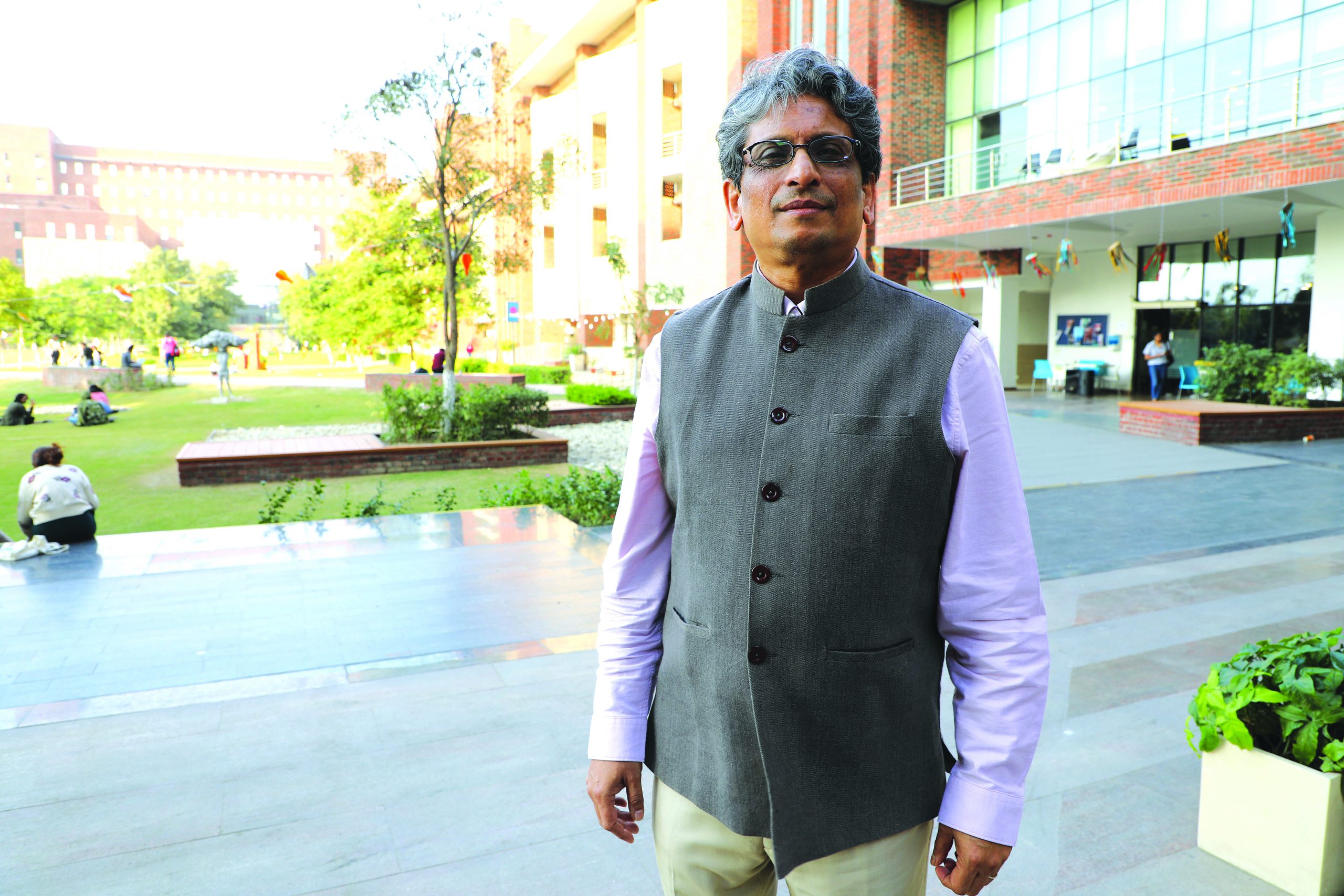
Ashoka VC Dr. Somak Raychaudhury: impressive debut
“The visionary board and management of Ashoka U introduced a Science School way back in 2018 to teach several science subjects — physics, chemistry and math and also biology, computer science, data science and psychology — and we have already graduated batches of students in some of these subjects. Therefore, compliance with the NEP 2020 mandate to transform into a multidisciplinary university has been a smooth transition. Moreover, a feature of all our four-year undergrad study programmes is that all students — including science students — complete a three semester foundation programme which teaches English communication and social sciences. This ensures that all Ashoka graduates receive a rounded, holistic education,” says Dr. Somak Raychaudhury, the new (January 2023) vice chancellor of Ashoka University.
Evidently Raychaudhury, a super-achiever graduate of Presidency College, Kolkata, Oxford and Cambridge universities with teaching experience in Harvard and former director of IUCAA (Inter-University Centre for Astronomy & Astrophysics, Pune) — “which has built the world’s largest metric wave radio telescope”— has been inducted to grow and expand Ashoka’s Science School.
“Thus far, we have essentially been a teaching university. Now we will focus on developing our postgrad and research capabilities. For a start in our Science School, we have introduced a rule that all faculty have to compulsorily engage in a research-Ph D project. As a result, we have started receiving research projects and funding from industry and government,” says Raychaudhury.
Nor is Raychaudhury perturbed by the prospect of competition from foreign varsities set to enter India. “Ashoka is already an international university. We have students from 27 countries enrolled with us and 10 percent of our faculty are foreign nationals. We are ready and welcome competition,” he adds.
The spectacular debut of Ashoka has necessitated a rearrangement of seating on top table. Manipal Academy of Higher Education (MAHE) has retained its 2022-23 #2 ranking and the high-profile Amrita Vishwa Vidyapeetham, Coimbatore has retained its #3 rank sharing it with Ashoka. NMIMS, Mumbai, ICFAI University, Hyderabad and Shiv Nadar University, Noida complete the Top 5. Further down, Chitkara University, Chandigarh (CU) which has been steadily improving its ranking, is ranked a notch higher at #9 (10).
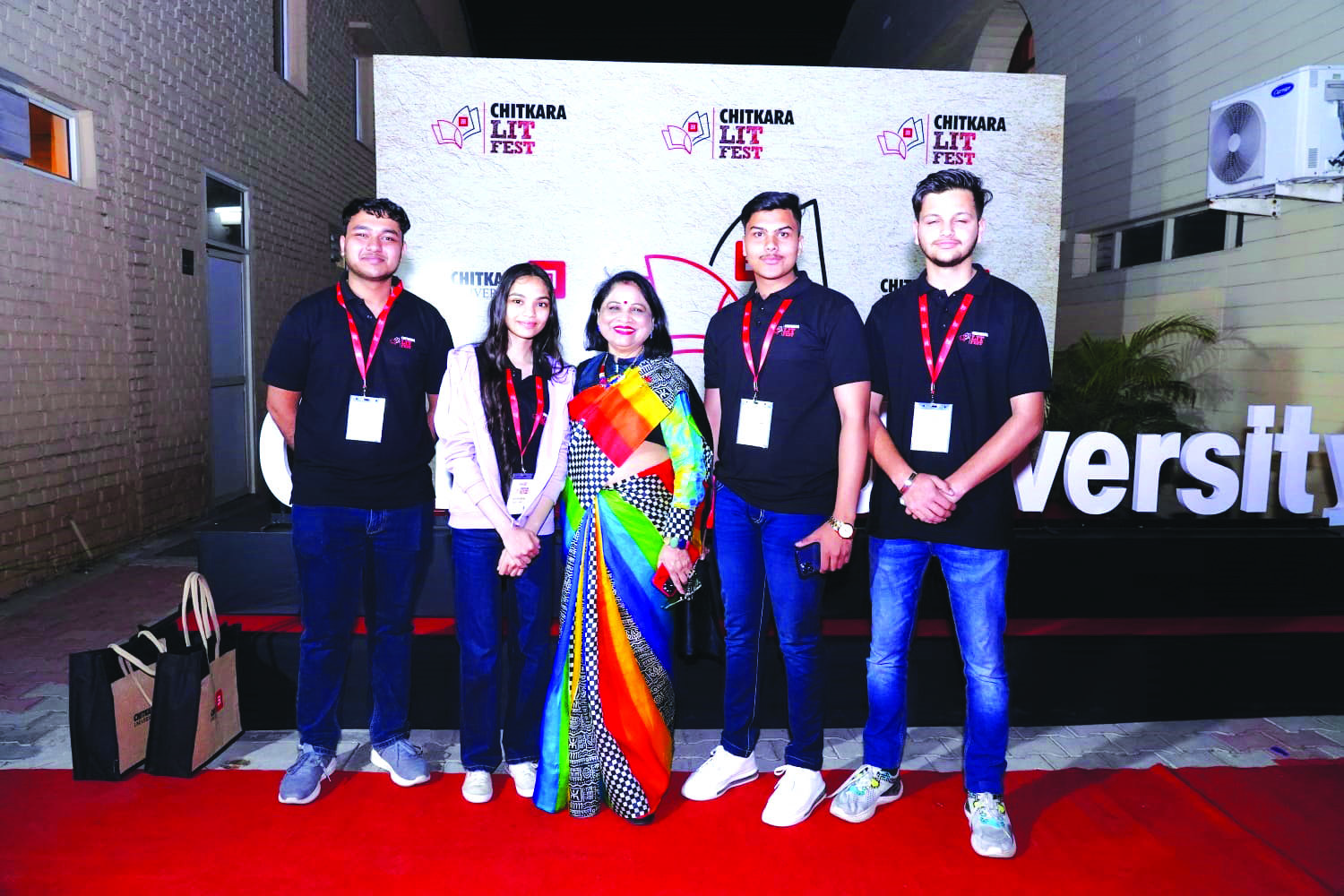
Dr. Madhu Chitkara: positive development
“Our faculty is our greatest asset, and we take great pride in having a group of professionals committed to the academic advancement of our students. Moreover, research and innovation and a culture of feedback as well as the diligence of our faculty, staff, and students, are just a few of the reasons for our rise in rankings, and we’re determined to maintain this trajectory moving forward,” says Dr. Madhu Chitkara, an alumna of Delhi and Punjab universities who founded Punjab’s #1 multidisciplinary university which has 20,000 students enrolled in mainly professional degree programmes — engineering, financial accounting — in 2010.
“Moreover in keeping with the NEP 2020 mandate, CU is rapidly transforming into a multidisciplinary university. Since 2019, when the Kasturirangan Committee Report was published, we have already introduced political and social sciences, philosophy and psychology degree programmes in our School of Liberal Arts,” says Chitkara.
Nor is Dr. Chitkara apprehensive about the entry of foreign universities into the higher education marketplace. “The entry of foreign universities into India is a positive development as it will stimulate healthy competition. We are confident about our ability to compete and maintain our ranking among the Top 10 because we are constantly improving and updating our infrastructure and faculty while developing a robust ecosystem for research and innovation. We already have several partnerships in place with foreign universities for student and faculty exchange programmes, and team research initiatives. We are optimistic about competition and cooperation in higher education and are well-equipped to negotiate this changing landscape,” she adds.

GITAM University, Vizag campus: steady ascent. Inset: Prof. Jayasankar E. Variyar
Beyond the Top 10, several private multidisciplinary universities have risen in the esteem of the informed public. Among them, GITAM Deemed University, Visakhapatnam to #11 (14), Shoolini University, Bajhol (Himachal Pradesh) to #13 (14) and KIIT University, Bhubaneswar #14 (40). Moreover, several other universities have been awarded sharp promotions in the 103-strong league table of India’s most admired private multidisciplinary universities.
The steady ascent up the EW league table of private multidisciplinary universities from #19 in 2021-22 to #14 last year and #11 this year has enthused the management of the Gandhi Institute of Technology and Management (GITAM) Deemed University as well. “Since 2020, we have recruited several outstanding young faculty with the mandate to create a cutting-edge research culture within the university. This will ensure that we keep moving up the EW and other rankings. Moreover, in anticipation of
NEP 2020 for all higher education institutions to transform into multidisciplinary universities, we have introduced degree programmes in the humanities, law, business management, architecture and public policy. I’m sure these initiatives will enable us to continuously move up in the EW rankings,” says Jayasankar E. Variyar, an alumnus of IIT-Madras and Duke University (USA), who acquired valuable teaching and admin experience at IIT-Kharagpur and VIT-Vellore prior to his appointment as pro vice chancellor (academics) at GITAM in 2020. Currently, this fast-forward university has 26,000 students mentored by 1,690 faculty on its muster rolls.
It’s pertinent to note that private multidisciplinary varsities modestly ranked nationally may well be heavyweights in their host states, many of whom are more populous than some European countries. For instance, KIIT Deemed University is #1 in Odisha (pop.40 million) and Jagran Lakecity University, Bhopal ranked #30 nationally is #1 in Madhya Pradesh (pop.85 million). Therefore, to be listed in the EW league table of India’s 103 private multidisciplinary universities is per se an achievement.
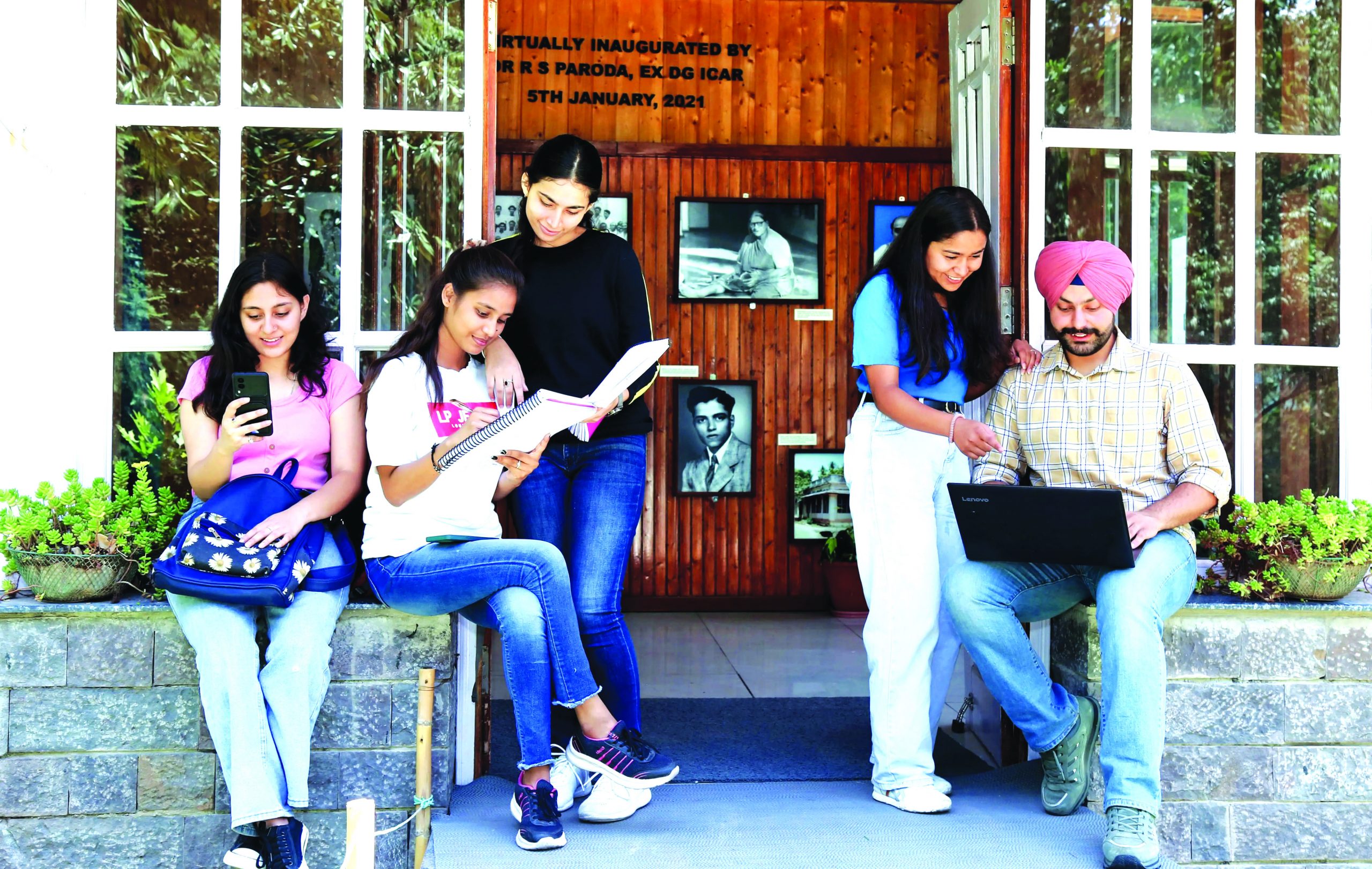
Shoolini University students
[/userpro_private]












Add comment